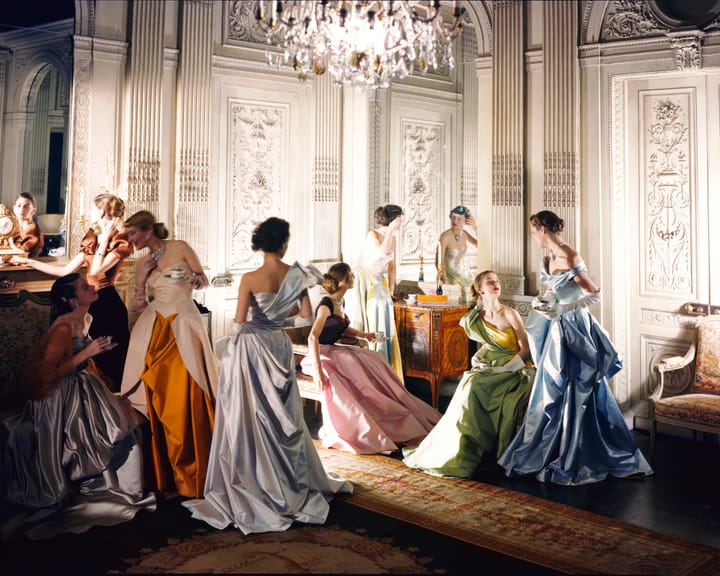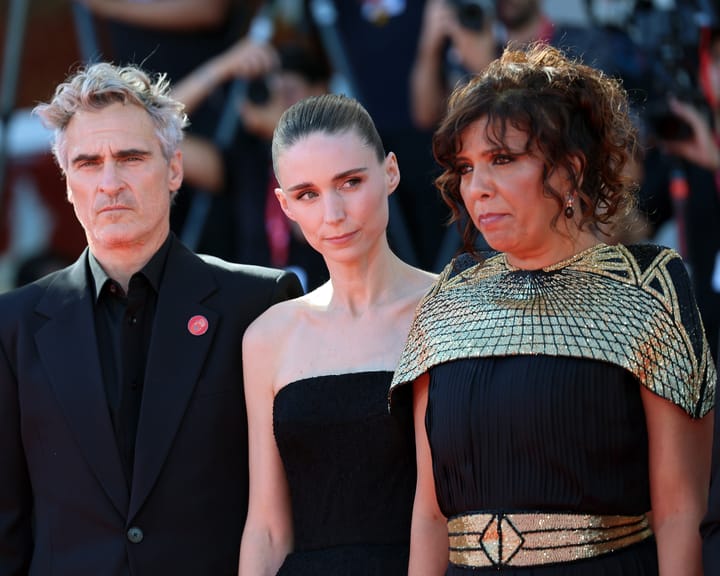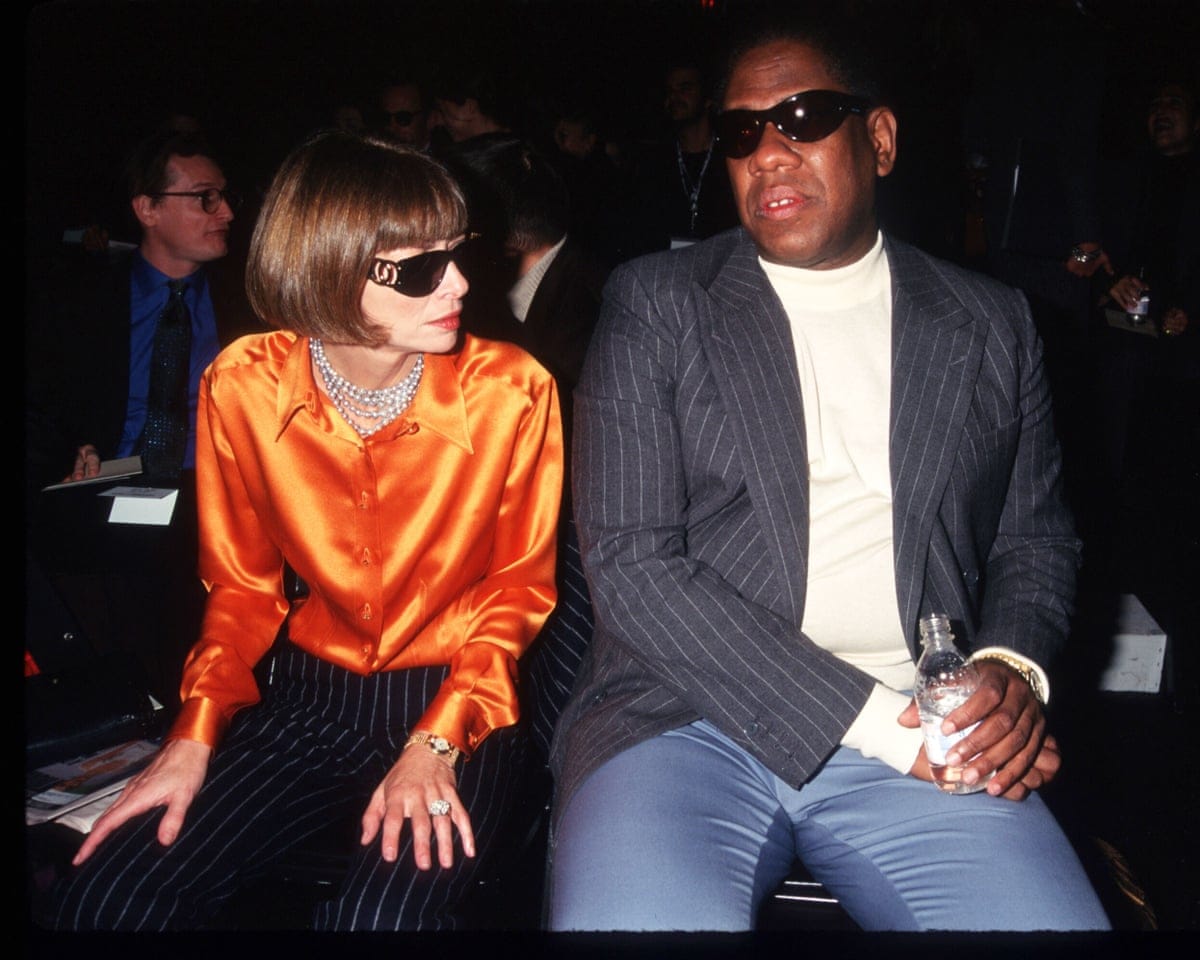Samuel Irving "Si" Newhouse Jr became head of Condé Nast, the magazine group owned by his father's media company, Advance Publications, in 1975. Under his leadership, Condé expanded its collection of high-end publications—such as *Vogue*, *GQ*, and *Glamour*—to include *Architectural Digest*, a revived *Vanity Fair*, and *the New Yorker*. Newhouse invested heavily in building influence, and his company’s lavish spending became legendary. Condé presented itself as a curator of upscale culture, but as explored in *Empire of the Elite*, its success in the 80s and 90s came from blending high and popular culture.
The company introduced pop stars, TV personalities, and tabloid drama into its sophisticated pages, reshaping cultural prestige to appeal to a growing yuppie class with less interest in classical arts. Key moments include *GQ*’s 1984 feature on Donald Trump, which preceded *The Art of the Deal*; Madonna’s first *Vogue* cover in 1989; and *the New Yorker*’s reporting on the OJ Simpson trial in 1994. Tina Brown, who took over *the New Yorker* in 1992 following a stint at *Vanity Fair*, aimed to combine depth with allure. Some traditionalists criticized this shift as pandering, but *Empire of the Elite* argues Brown broadened the magazine’s relevance rather than diminishing its intellect.
This willingness to adapt defined Condé’s success—so much so that its impact now seems inevitable. *Vogue*, led by Anna Wintour, helped turn street fashion into high culture, paving the way for today’s stylists and brand ambassadors. Meanwhile, *GQ*’s polished aesthetic promoted trends like metrosexuality and male grooming that later became mainstream.
The company’s dominance waned in the 21st century. After the 2008 financial crisis, its focus on luxury felt out of step, and its lack of diversity became more glaring amid movements like Black Lives Matter. Social media further eroded its role as a cultural authority by democratizing taste-making. *Empire of the Elite* closes with a reflection on the decline of print media, marking the end of an era.
A similar nostalgia runs through *When the Going Was Good*, a recent memoir by former *Vanity Fair* editor Graydon Carter. Like Tina Brown’s *The Vanity Fair Diaries* (2017), Carter’s book offers an insider’s view of Condé’s social world—celebrated for its lively storytelling but criticized for its self-satisfied tone. In contrast, *Empire of the Elite* opts for a measured, chronological approach, focusing on facts over personal flair.
Read next

"20 photos capturing the world this week"
Ceasefire Agreement, Russian Attacks on Kyiv, Demonstrations in Madagascar, and Paris Fashion Highlights: A Week in Photos by Prominent Journalists
The past week has featured a mix of significant global events, documented through the lenses of accomplished photographers. A tentative ceasefire agreement sparked cautious optimism in one conflict zone, while

"Review: Cecil Beaton's Fashionable World Offers Limited Beauty Through a Creepy Lens"
At the entrance to the National Portrait Gallery’s latest Cecil Beaton exhibit, a large-scale reproduction of a 1948 color image, originally featured in a fashion magazine, dominates the wall. It depicts eight well-groomed women in refined evening dresses by a noted designer, conversing and adjusting their attire in an

"Venice film festival drops glitz, confronts political crises head-on"
For most of its 82 years, Venice has maintained its reputation as one of the world’s most prestigious film festivals. This year was no different, with prominent actors such as Julia Roberts, Cate Blanchett, Jude Law, and George Clooney appearing along the canals and on the red carpets (though

